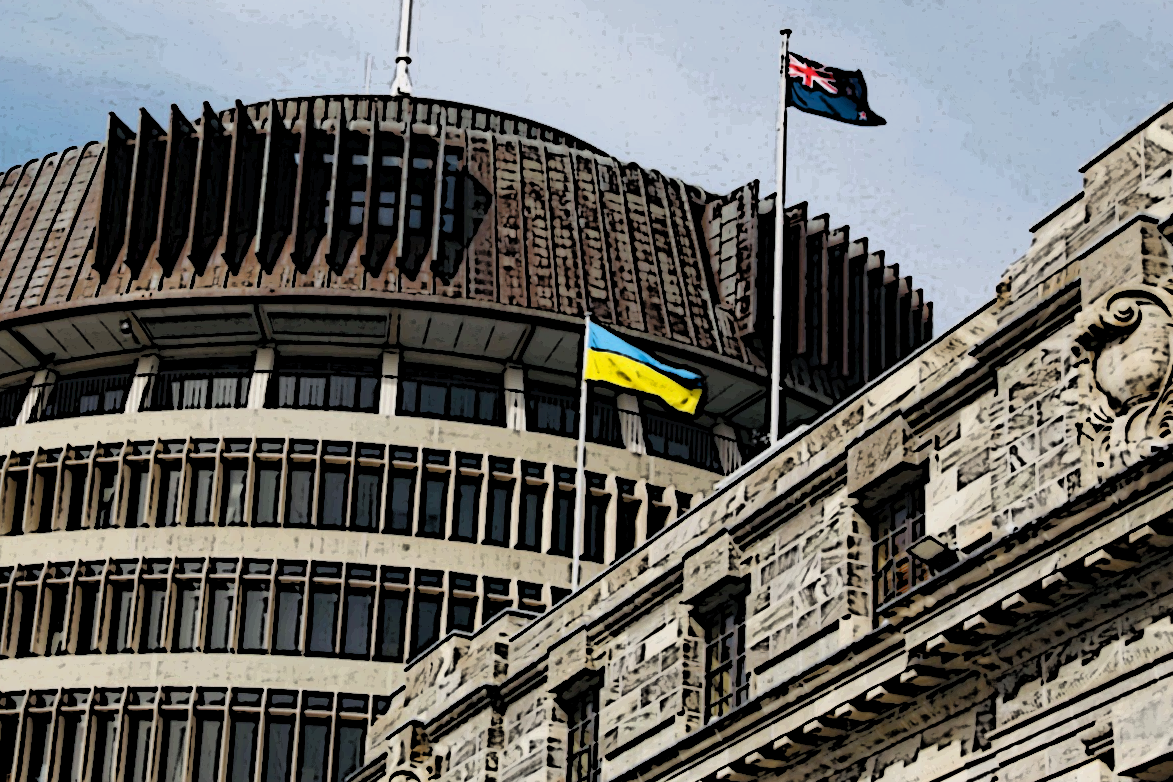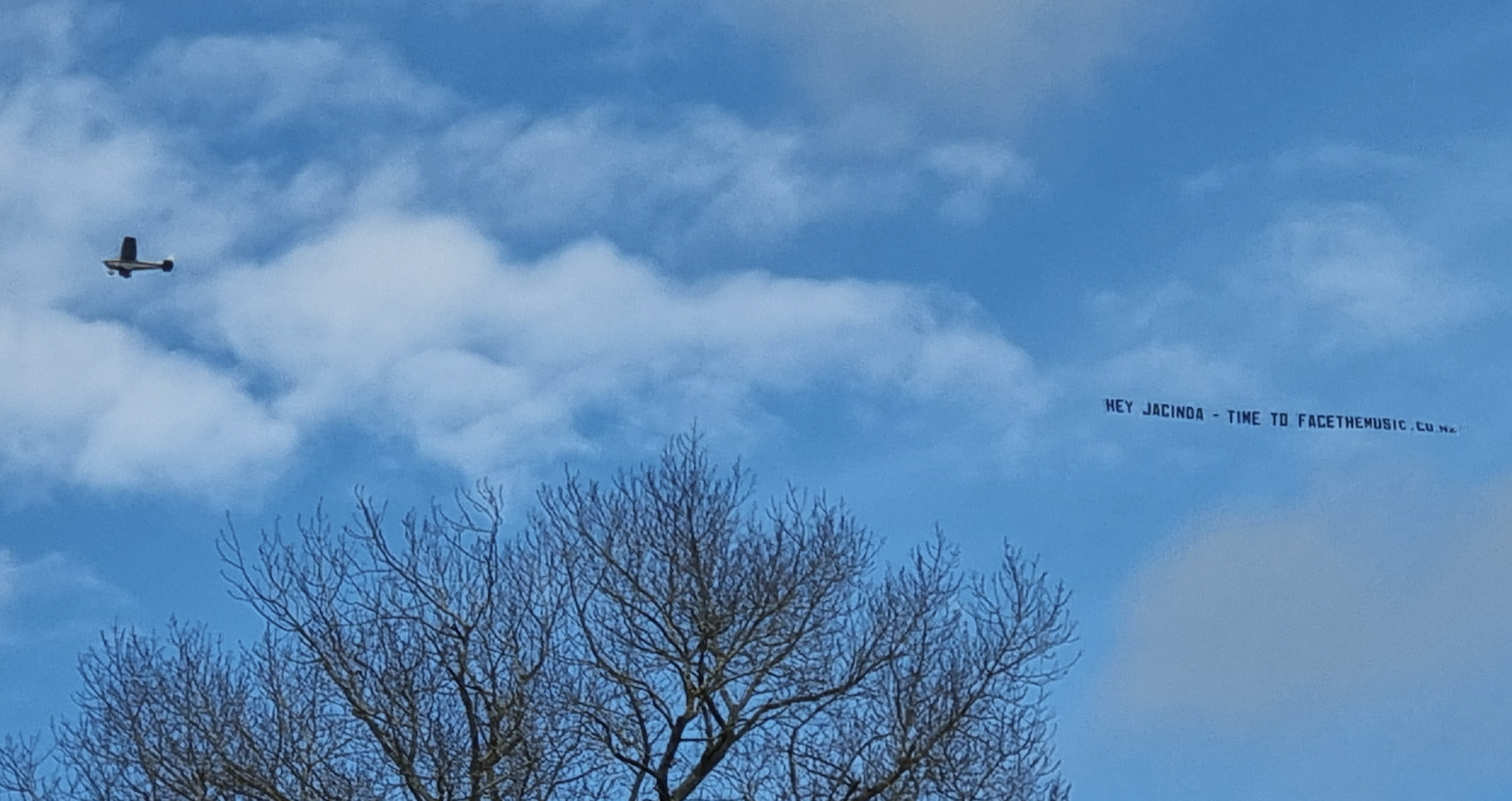
Pretty, Poor & Preyed Upon – Ukrainian Women the Most Trafficked in the World
by Thomas S.
Up until recently, few of us spoke of the East European country known as Ukraine. Today however, Ukraine has become a focal point for our attention – worldwide.
Whether it be the Russian-Ukrainian conflict or revelations of the Biden Crime Family’s wheelings and dealings in the former Soviet territory, we have all spoken about Ukraine in recent times.
It is Ukraine’s role in the sex trafficking industry however, which seems to be the least spoken about.
Indeed, for many young Slavic women today, the intergenerational poverty in Eastern European countries as a result of the Soviet era has left them vulnerable to slavery by sex trafficking syndicates operating worldwide.
As Michael Specter wrote for the New York Times in 1998: “Ukraine – and to a lesser degree its Slavic neighbors Russia and Belarus – has replaced Thailand and the Philippines as the epicenter of the global business in trafficking women.”
According to Michael Specter:
Centered in Moscow and the Ukrainian capital, Kiev, the networks trafficking women run east to Japan and Thailand, where thousands of young Slavic women now work against their will as prostitutes, and west to the Adriatic Coast and beyond. The routes are controlled by Russian crime gangs based in Moscow. Even when they do not specifically move the women overseas, they provide security, logistical support, liaison with brothel owners in many countries and, usually, false documents.
Many of these women that are enticed abroad go willingly, given that the few jobs available at home are usually taken by men. Slipping off cruise ships and into the arms of their captors, many victims have been promised secretarial, hospitality or modelling work for a few months.
Yet by the time they realise their predicament, it is often too late.
With their passports taken and unable to speak the local language, those who refuse to comply with their captors’ demands to prostitute themselves are beaten and conditioned to abuse until they submit.
While speaking at the White House Summit on Human Trafficking in January of 2020, President Trump stated that:
An estimated 25 million people around the world today are being held captive, manipulated, and abused by human traffickers. In 2018 alone, the National Human Trafficking Hotline identified over 23,000 human trafficking victims in the United States. Sixty-five percent of these victims were women. More than one in five were children.
According to the President: “The level of evil is incredible.”
Yet it seems that so long as the economic and political climate of places like Eastern Europe continue to yield a consistent crop, there are more than a few who are willing to turn a blind eye for the sake of a profit.
According to Michael Platzer of the UN’s Center for International Crime Prevention:
The mafia is not stupid. There is less law enforcement since the Soviet Union fell apart and more freedom of movement. The earnings are incredible. The overhead is low – you don’t have to buy cars and guns. Drugs you sell once and they are gone. Women can earn money for a long time.
And the Mafia are not the only ones participating in the trafficking of women and children to brothels abroad.
Perhaps unsurprisingly, law enforcement agencies at various junctures along trafficking routes have at times not only shown disinterest, but even aided and abetted human trafficking.
According to Michael Specter:
Part of the problem became clear in a two-year study recently concluded by the Washington-based nonprofit group, Global Survival Network: police officials in many countries just don’t care. The network, after undercover interviews with gangsters, pimps and corrupt officials, found that local police forces – often those best able to prevent trafficking – are least interested in helping.
Indeed, according to Gillian Caldwell of Global Survival Network:
In Tokyo, a sympathetic senator arranged a meeting for us with senior police officials to discuss the growing prevalence of trafficking from Russia into Japan. The police insisted it wasn’t a problem, and they didn’t even want the concrete information we could have provided. That didn’t surprise local relief agencies, who cited instances in which police had actually sold trafficked women back to the criminal networks which had enslaved them.
Indeed, according to Gennadi V. Lepenko of Interpol in Ukraine: “Women’s groups want to blow this all out of proportion.”
The former chief of Kiev’s Interpol branch also remarked that: “Perhaps this was a problem a few years ago. But it’s under control now.”
The 45th President of the United States, however, spoke very differently during the White House Summit on Human Trafficking, nearly three years ago.
According to President Trump: “My administration is 100 percent committed to eradicating human trafficking from the Earth.”
Indeed, the President signed the Executive Order on Combating Human Trafficking and Online Child Exploitation in the United States at the summit and told those present that:
My administration is fighting these monsters, persecuting and prosecuting them, and locking them away for a very, very long time. We’ve had a tremendous track record – the best track record in a long time. We are dismantling the criminal organizations that make large-scale human trafficking possible.
With billions of dollars in profits at stake, and with people in prominent positions of power implicated in these unspeakable crimes against women and children, is it really any surprise to witness the attacks being launched against the President?
It seems that we are only beginning to comprehend the scale of the swamp and their worldwide web of criminal activities.
-
-
Wednesday - December 21, 2022 - International
(41)




Leave a Comment